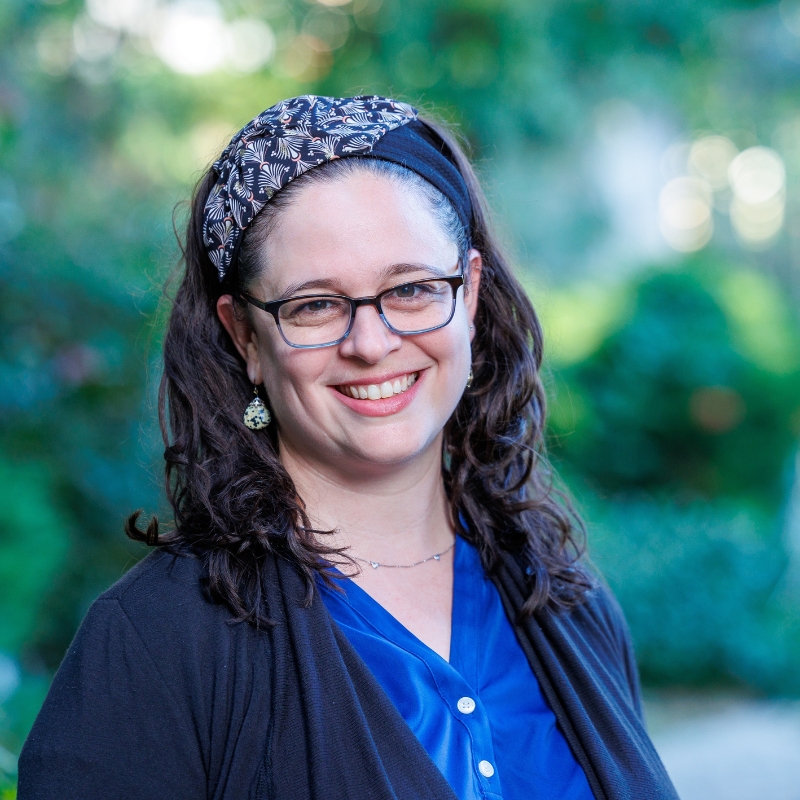It is difficult to find the joy of this zman simchateinu (time of our rejoicing) that comes on the heels of a year permeated by grief, suffering, and violence. There are voices in our tradition that anticipated such moments, that knew there would be days that would seem impossible to celebrate, and asked us to mark these days nonetheless to preserve the possibility of joy. These texts urge us to begin 5785 with renewed commitments to advocacy, collective action, and mutual support — even in moments where these efforts feel ineffective — for the sake of the possibility that they might work.
There is a text at the beginning of tractate Sukkah (Babylonian Talmud, Sukkah 2a) that instructs us to act even when the desired outcome seems unachievable. One of the requirements of a sukkah is to enjoy shade that comes specifically from the roof rather than the walls. But in the text, the sage Abaye asks, what if a sukkah is built in a valley? In such a sukkah the mountains are almost like high walls and the shade would come from the mountains, not the roof.
Rabbi Zeira permits this sukkah because if the mountains were removed, the shade would come from the roof as it should. We can build sukkot in the shadow of a mountain as if the mountains weren’t there at all.
Find more commentaries on Sukkot.
Rabbi Sarah Krinsky explains, “There are moments — times and places — where it feels like the shade, the darkness, is never-ending. And where the mountains feel too tall, too entrenched, to ever move. Even so, our Talmud teaches, we keep building toward the possibility of light.”
The rabbis of the Talmud knew there would be times when we would have no choice but to build our sukkot beneath a thick shadow cast by mountains. They knew there would be moments when it would feel audacious to build a sukkah at all.
Find more commentaries on hope in times of pain.
This year, the mountains have certainly felt too tall, and building sukkot — let alone rejoicing in them and enjoying their shade — seems like it should be prohibited. And yet, just as Rabbi Zeira authorizes us to build sukkot beneath unmovable mountains, we must persist in pursuing peace and in strengthening our communities of care even when our efforts feel futile.
The option to build sukkot in valleys reminds us that even when we live in a darkness that seemingly cannot be overcome, we must cling to the possibility that the mountains and their shadows will move. As Rebecca Solnit writes, “Hope is not a door, but a sense that there might be a door at some point, some way out of the problems of the present moment even before that way is found or followed.” (Hope in the Dark: Untold Histories, Wild Possibilities) A sukkah built in a valley reminds us to hope for a different future each time we step over its threshold.
As we build and inhabit our sukkot this week, may we be inspired and reenergized by these precarious structures of possibility and hope.
Rabbi Jessica Fisher is the director of rabbinic enrichment at the Shalom Hartman Institute. Jessica previously served as a rabbi at Beth El Synagogue Center in New Rochelle, NY, and now lives in Greensboro, NC.

